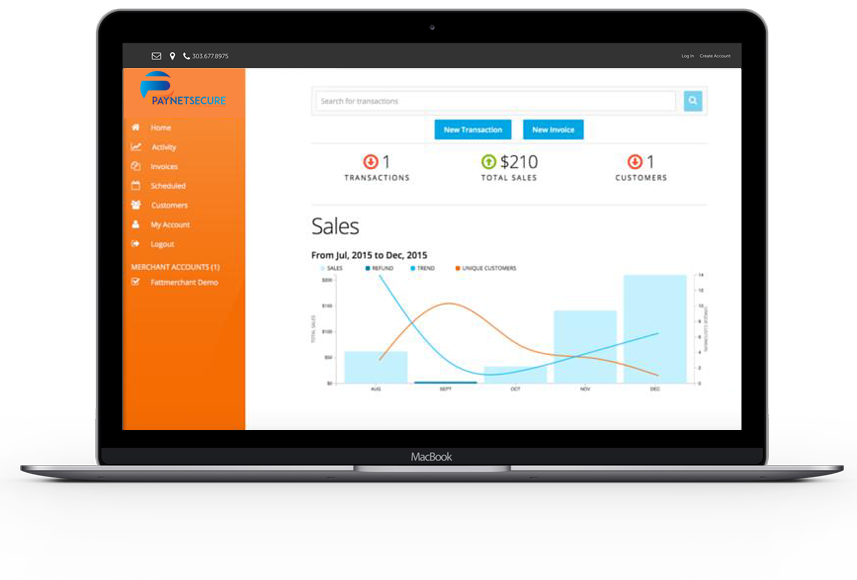Considering how important payment processing is to business success, many owners seem sadly lacking in awareness of what it takes to get a merchant account approved. Here are the top 3 mistakes that companies make then applying for payment processing accounts.
1. Lack of good credit rating
A merchant account is simply a short term line of credit that a bank issues to the business. In order to be accepted for an account, it is only natural that the underwriter will want to see a decent credit score. It is shocking the number of applications that are denied because credit scores are too low to qualify for approval.
If the credit score is low, you have two options. Find a signor with a good credit score to co-sign for an account. Or obtain a third party account. With a third party account, rates personal credit scores are less important because the processor assesses higher rates to offset the risk involved in accepting the account.
Additionally, funds are settled to the third party processor before being settled to merchants. This minimizes processor risk.
2. Sloppy paperwork
Make sure all documents submitted along with the application are accurate, consistent, and show your business in the best light. If there are issues with the account, clearly delineate what actions are being taken to fix the problems.
For example, some high risk merchants (http://www.paynetsecure.net/services/high-riskmerchant-account/) have chargeback issues. Acknowledge the problem as part of the application process. outline what is being done to fix the issue. Don’t stick your head in the sand. Being honest and straight-forward is the best way to keep the approval process on track.
Lack of supporting documents can also sidetrack an application. This is particularly true for startup accounts.
For example, a startup company may be requesting high monthly processing volumes. Yet, show no money in a business bank account.
Use common sense. If you are applying for high volume processing, make sure you put some money in your business account, Or supply personal financial statements or tax returns to show.
3. Websites that are missing information or have obvious mistakes in them
Be sure the website includes privacy policies. Make it easy for buyers to find refund, returns, shipping and contact information.
Be sure all links on the site work. And please, no spelling or grammar errors. Although this seems self-evident, it’s amazing how many people never proof-read their own websites.
Conclusion
When applying for your high risk merchant account, take the time to do it right. The more preparation you do upfront, the greater your chance for account approval.
Don’t make rookie mistakes,
- Make sure your site is up-to-date and provide all the necessary info.
- If you are applying for high volume processing, have some money in your business bank account.
- Have decent credit or get a co-signer.
- Prepare your paperwork completely and neatly.
Are you a high risk merchant that needs payment processing?
Contact info@paynetsecure.net today.
